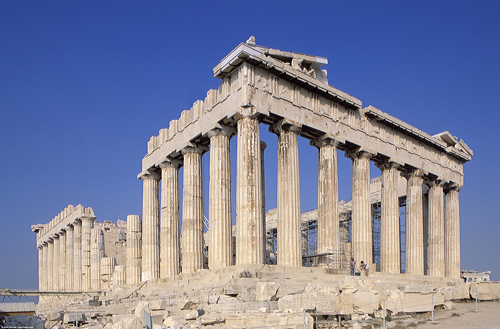Great Buildings of Ancient Greece and Rome

Cross listed with CLARCH 220
The celebrated twentieth-century architect Le Corbusier described the Athenian acropolis as a place that "harbors the essence of artistic thought." Henry James wrote of the Pantheon in Rome that "the huge dusky dome seems to the spiritual ear to hold a vague reverberation of pagan worship, as a shell picked up on the beach holds the rumor of the sea." Why do we still find ancient buildings so evocative? What can we learn about the civilizations of Greece and Rome through the study of their architectural monuments? How has the classical heritage continued to influence later architecture not only in Europe but across the world? This course introduces students to the study of classical civilization though the history of architecture; at the same time, it provides an introduction to the study of architecture through a survey of the Classical tradition; and it highlights the contributions that classical archaeology has made both to classical studies and to architectural history. The course is organized chronologically, but rather than attempting a comprehensive treatment, it focuses in on a series of key monuments that show how architecture reflects, responds to, and articulates historical change; and that illustrate subjects such as building typology and technology, the creation and evolution of the architectural orders, town-planning, and ancient civil engineering.
Estimated cost of materials: $50 or more, but less than $100.
HISTART Concentration Distributions: A. The Middle East, D. Europe and the US, 1. Ancient, 2. Medieval